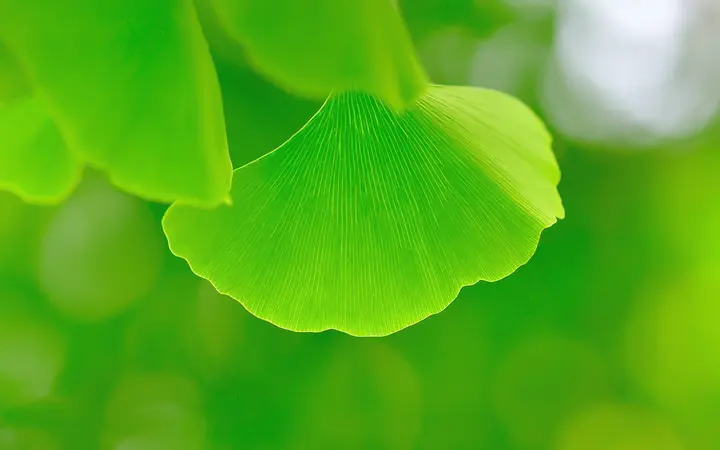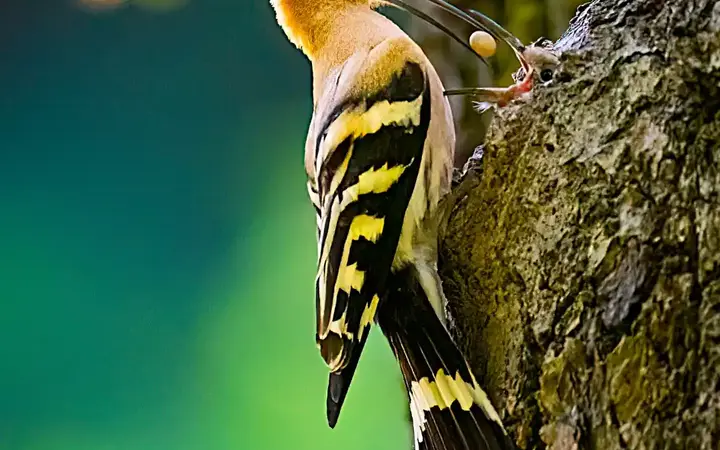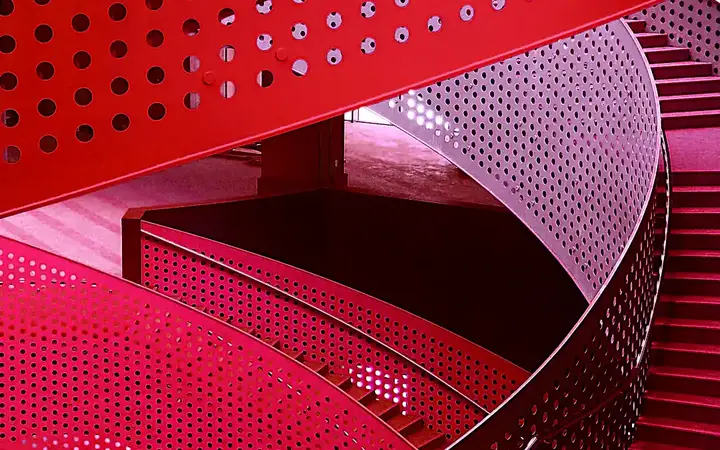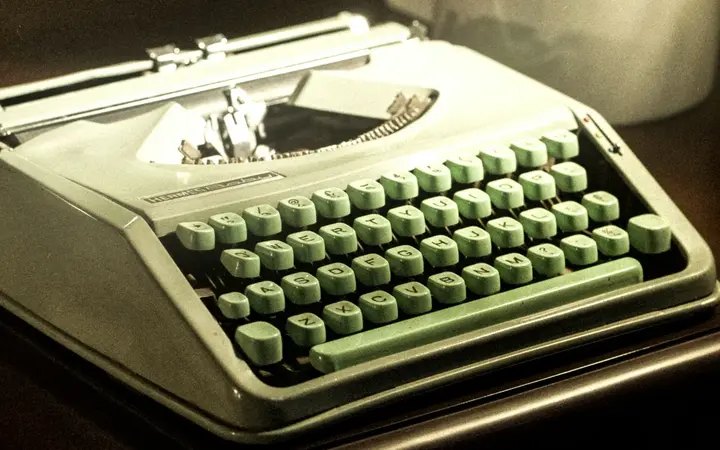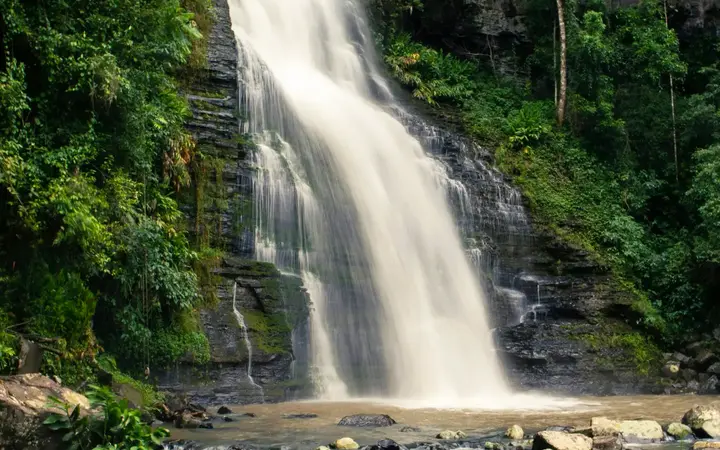استكشاف جمال براغ: مدينة الأبراج والسحر التاريخي
ADVERTISEMENT
The capital of the Czech Republic, is one of Europe's most striking cities. People call it the “City of a Hundred Spires” because countless church towers rise above the hills and river. Stone bridges, green hills plus decorated buildings give the city a look that travelers and culture lovers rarely forget.
The city began in the 9th century but also soon turned into a center for kings, traders and artists. Over the centuries, builders added Gothic arches, Renaissance courtyards, Baroque domes as well as later modern façades. The old core kept so many of those layers that UNESCO listed it as a World Heritage Site.
The stone Charles Bridge, built in the 1300s, crosses the Vltava River. Thirty statues of saints line the parapet and painters, singers or souvenir sellers crowd the pavement. Above the river on a high rock sits Prague Castle, one of the largest castle complexes on the continent. Inside its walls stands St. Vitus Cathedral, a Gothic church with pointed spires and colored glass. The castle grounds also contain museums, galleries also terraced gardens. Down below, Old Town Square holds the Astronomical Clock, installed in 1410. Every hour, wooden apostles emerge from small doors while a skeleton rings a bell.
For music and drama, the gold-and-red State Opera House hosts nightly performances of opera, ballet next to classical concerts. A short walk away, the Franz Kafka Museum fills the house where the writer once lived. Photographs and first editions show how Prague shaped his strange stories.
Czech food is filling plus direct. Bowls of beef goulash come with knedlíky, soft bread dumplings that soak up the sauce. Breweries in and around the city produce pilsner beer that locals drink by the half liter. In cafés, bakers roll dough around metal cylinders, roast the cylinders over coals - coat the warm pastry with sugar but also cinnamon. The result, called Trdelník, tastes of smoke and caramel.
Shoppers head to Havel Market, a row of stalls that sell carved wooden toys, bouquets as well as sparkling Bohemian crystal. Trains and buses leave the main stations for day trips. The spa town of Karlovy Vary lies among forested hills - hot springs bubble up through colonnades where visitors sip mineral water from porcelain cups. Karlštejn Castle, built in 1348 to guard royal jewels, stands on a rocky ridge thirty kilometers southwest of the city.
The fastest way to see Prague is to walk. Cobbled lanes twist between houses painted cream, peach or pale green. When feet grow tired, trams, metro trains and buses run on time also cover every district. Spring brings lilacs and chestnut blossoms - autumn paints the castle hill gold next to rust. Winter turns the squares into Christmas markets with lights, wooden stalls and the smell of cinnamon wine. Whatever the season, the city keeps the same stone bridges, spires plus stories that have drawn people for more than a thousand years.
ADVERTISEMENT
![]()
4 وصفات سهلة لوجبات من الخضار والأرز
انطلق في رحلة مليئة بالنكهات والتوابل مع وصفات الأرز المتنوعة من الشرق الأوسط والهند! أطباق سهلة، لذيذة، وملهمة مثل الأرز بالكاري، الأرز المقلي بالبيض، وأرز الكبة اللبنانية، ستأخذك في مغامرة طهي فريدة تُسعد حواسك وتكسر الملل في مطبخك. مزيد- ADVERTISEMENT
![]()
سر النوم: لا تستيقظ متعبًا مرة أخرى
النوم الجيد مش ترف، هو سر صحتك ونشاطك. فهم مراحل النوم والاهتمام ببيئة نومك، مثل الإضاءة والهدوء، ممكن يخليك تصحى مرتاح. وكمان التمارين والنظام الغذائي يلعبوا دور كبير. بشوية اهتمام وروتين بسيط، تقدر تودّع التعب كل صباح! مزيد- ADVERTISEMENT
![]()
مدينة إب: الطبيعة الخضراء المذهلة في اليمن
مدينة إب، المعروفة بـ"عروس اليمن"، تتميز بطبيعتها الخلابة وأجوائها المعتدلة على مدار العام. جبالها الخضراء، ووديانها الساحرة، وأسواقها التقليدية تقدم تجربة فريدة لعشاق الهدوء والمغامرة. إنها مزيج جميل من التراث الثقافي والجمال الطبيعي لا يُفوت. مزيد- ADVERTISEMENT
![]()
قد تؤدي التطورات إلى انتشار لقاحات الأنف على نطاق واسع
أظهرت اللقاحات الأنفية واعدة كبيرة في تعزيز المناعة المخاطية، خصوصًا ضد أمراض الجهاز التنفسي. باستخدام مستحلبات نانوية محفزة، تمكّن الباحثون من تحسين وصول المستضد وتوليد أجسام مضادة مخاطية فعّالة، مما يُظهر إمكانيات جديدة لتحصين موضعي أكثر فاعلية. مزيد- ADVERTISEMENT
![]()
قصة الهدهد وملكة سبأ في التراث والموروثات العربية
الهدهد طائر مميز في التراث العربي، اشتهر بقصته مع نبي الله سليمان وملكة سبأ، إذ كان سبباً في هداية قوم بأكمله. يُعرف بذكائه وقدرته على رؤية الماء في باطن الأرض، وله مكانة رمزية ودينية عظيمة في الثقافة الإسلامية. مزيد- ADVERTISEMENT
![]()
ارسم 4 خطوط و6 خطوط و8 خطوط فقط: لغز رياضيّ ومنطقيّ
حلّ الألغاز مش بس ترفيه؛ هو تدريب ممتاز للدماغ. من تعزيز الذاكرة والتركيز، إلى تطوير التفكير المنطقي والإبداعي، الألغاز تخلينا نفكر بذكاء ونواجه التحديات بثقة. والأجمل؟ كل هذا بيصير وإحنا مستمتعين! مزيد- ADVERTISEMENT
![]()
أفضل اكسسوارات اقتصادية للجيمرز
لو ميزانيتك محدودة وتحب الألعاب، فأنت مش محتاج اكسسوارات غالية لتستمتع بتجربة لعب احترافية. ماوس Razer DeathAdder Essential بسعر 22 دولار يقدم أداء دقيق وتصميم مريح، ولوحة مفاتيح Baytion الميكانيكية تضيف لمسة RGB ومزايا ممتازة بـ21 دولار فقط. مزيد- ADVERTISEMENT
![]()
كيفية ربح المال فعليًا من الكتابة عبر الإنترنت
الكتابة وسيلة رائعة للربح، والتدوين والكتابة بالنيابة من أكثر الطرق المربحة. يمكنك البدء بمدونة عن هواية تحبها، أو كتابة منشورات لوسائل التواصل. ومع الخبرة، يمكنك الانتقال إلى وظائف أعلى أجرًا مثل الكتابة الفنية وكتابة الإعلانات. مزيد- ADVERTISEMENT
![]()
كانايما: مغامرة في قلب شلالات أنجل والطبيعة الفنزويلية العذراء
رحلة ساحرة إلى منتزه كانايما الوطني حيث تتربع شلالات أنجل، الأعلى في العالم، وسط طبيعة فنزويلا البكر والجبال المسطحة التي تروي قصصاً أسطورية. مزيد- ADVERTISEMENT
![]()
الأمن المالي للأسرة: كيف تبني خطة لمستقبل أولادك بثقة؟
خطوات عملية لبناء الأمن المالي للأسرة عبر الادخار للأبناء، التخطيط للمستقبل، وتعزيز الثقافة المالية لضمان مستقبل مشرق بثقة. مزيد- ADVERTISEMENT



















